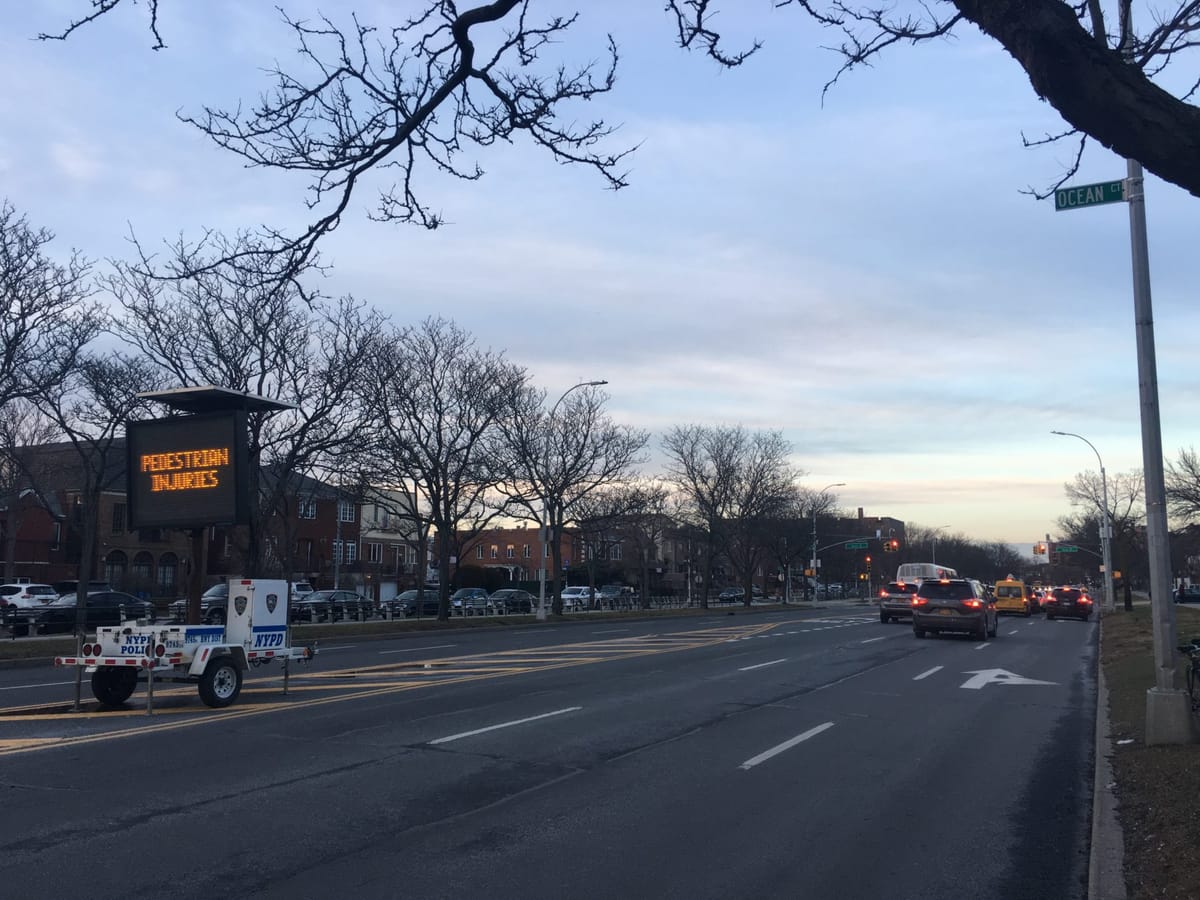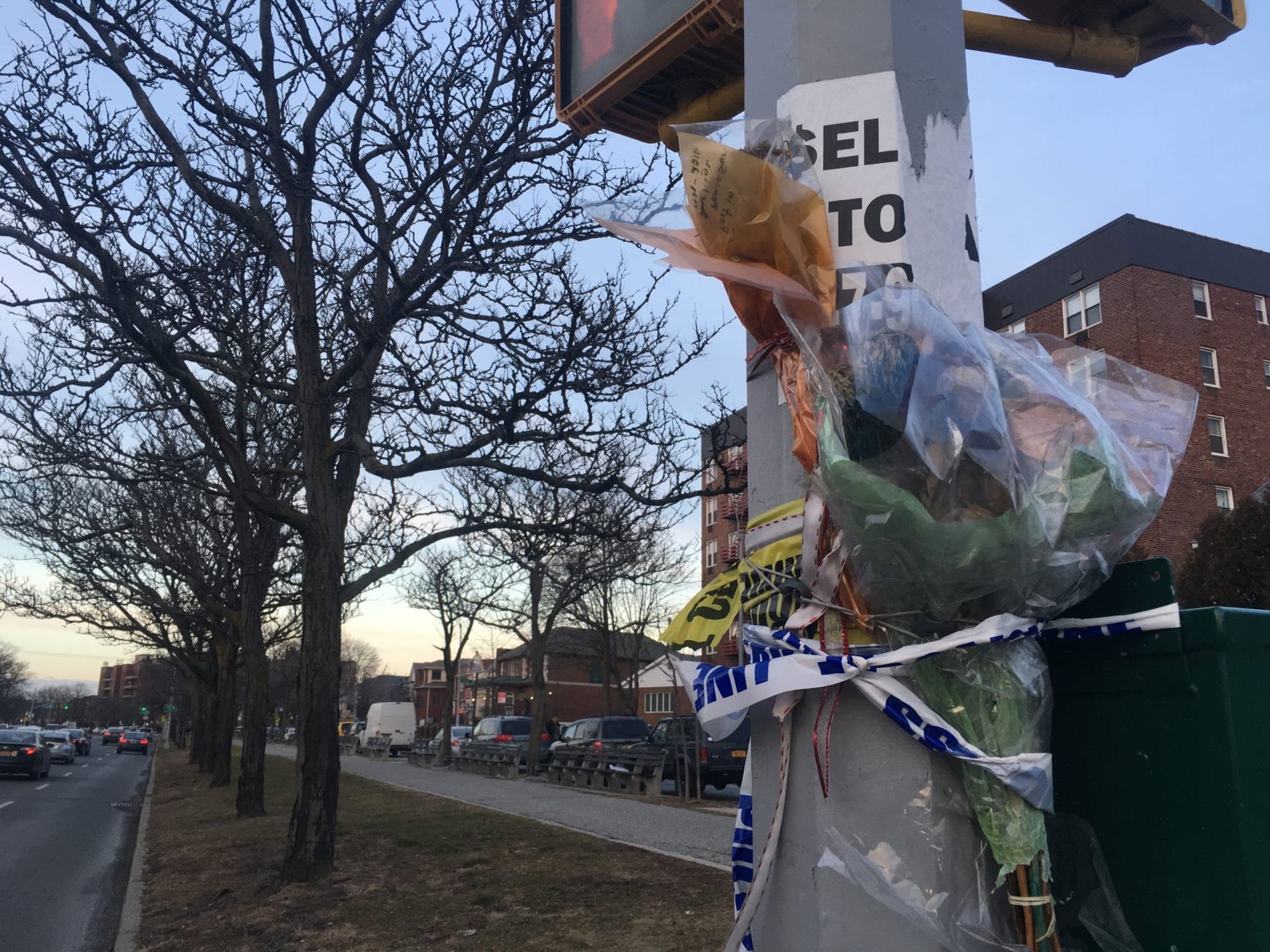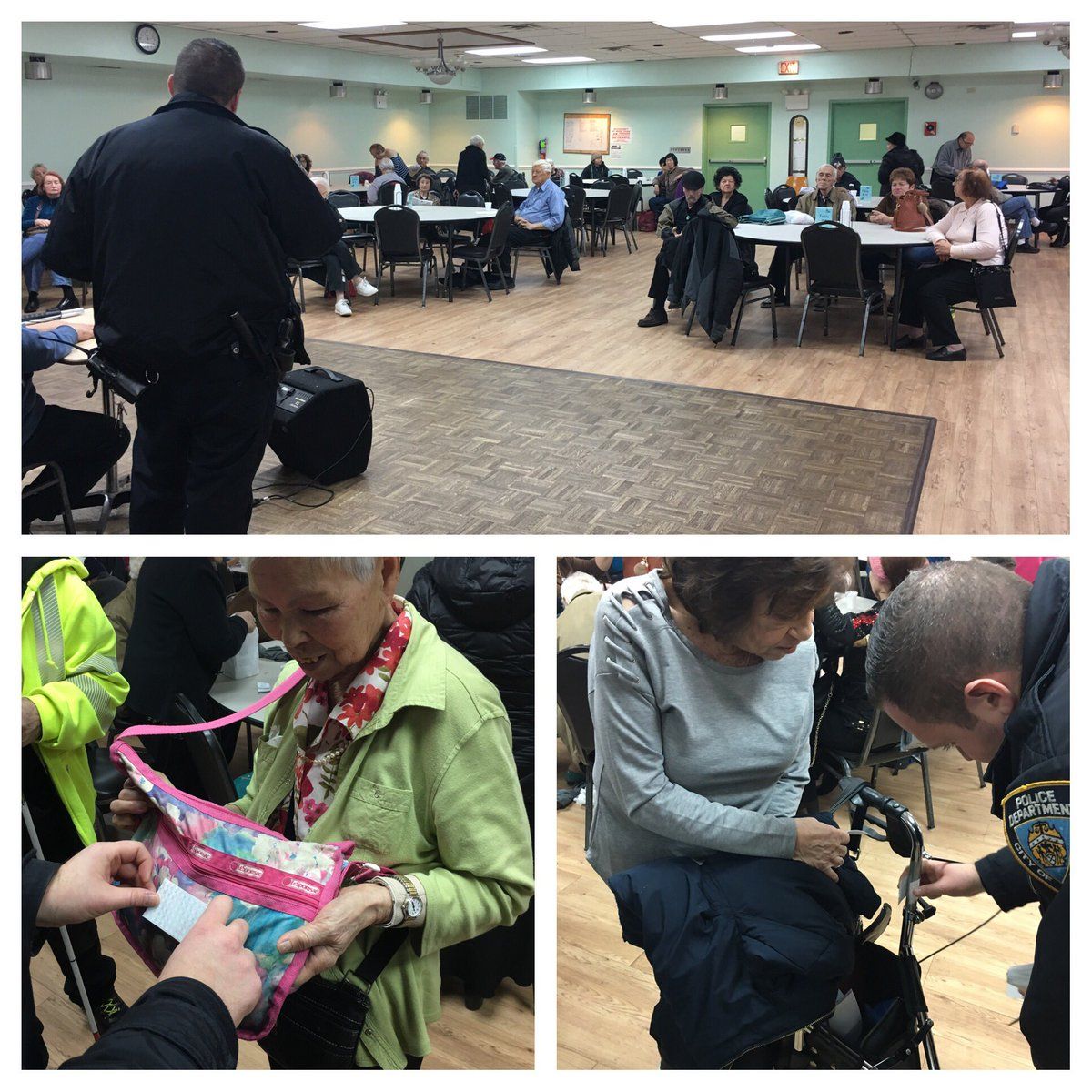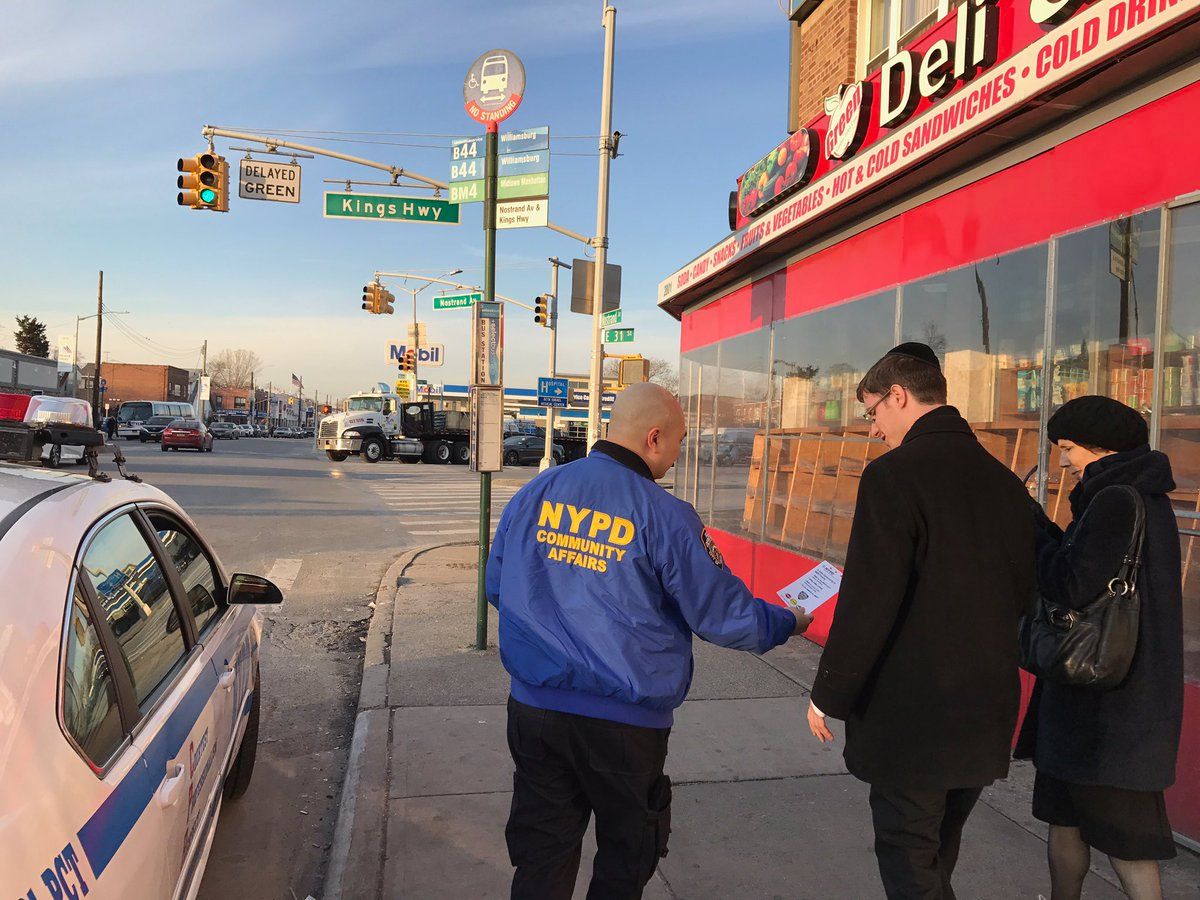Here’s What Sheepshead Bay Cops Are Doing About The Uptick In Vehicle Fatalities


In light of the recent traffic fatalities in southern Brooklyn, we met with Captain Hagestad at the 61st Precinct to discuss how cops are enforcing the city-wide Vision Zero program in 2017.
Hagestad is the executive officer at the 61st Precinct, which includes Sheepshead Bay, Gerritsen Beach, Manhattan Beach, and parts of Gravesend.
This corner of southern Brooklyn has been a hotspot for traffic fatalities so far in 2017, including an 88-year-old pedestrian killed crossing Ocean Parkway at Avenue X, a cyclist hit by a truck on Avenue X near Coney Island Avenue, and a woman killed by a school bus on Nostrand Avenue and Kings Highway.
“It’s been a very busy first month of the year,” said Hagestad solemnly.

While Vision Zero is a city-wide program, the southern Brooklyn precinct has been taking initiative on education and outreach — in case you haven’t seen the precinct’s Vision Zero mascot #TommyTraffic around the neighborhood.
Two biggest issues are speeding and pedestrians, especially elderly pedestrians, getting hit by turning vehicles, said the executive officer.
In response, the 61st Precinct traffic safety and patrol teams have been issuing violations for speeding and failure to yield; in addition to increasing their presence on the street with outreach programs at high-incident intersections. Enforcing cycling laws — like the requirement for lighting — are also a priority this year.
A lot of their community outreach is about getting back to basics, Hagestad said. “How many times have we jaywalked in our lives? Or ran across the street to catch a bus? We’ve seen an uptick in that kind of behavior.”
Officers have been visiting senior centers and nursing homes to speak about safety and apply reflective tape to walkers canes, grocery carts, and clothing. They’ll also be reaching out to Chinese and Russian media outlets.

He urges pedestrians to yield to cars, even if they have the right-of-way. But it’s not all on the pedestrians shoulders — sometimes cars are at fault, said Hagestad.
“A lot of people tell us they feel threatened by speeding, which is a very very big problem,” he said.
And the Precinct plans to hold drivers accountable. And under a law that took effect in 2014, drivers could be charged with a misdemeanor for hitting pedestrians and cyclists who have the right-of-way. In addition, the precinct issues Environmental Control Board (ECB) summons to drivers found to be at fault for hitting pedestrians.
“When we have these tragedies, they’ll subpoena phones and check cell phone and camera records — there’s a lot of things they can throw at you to get justice for pedestrians,” he said.
The precinct’s main corridors include Coney Island Avenue, Kings Highway, Ocean Parkway, Ocean Avenue, Avenue U, Emmons Avenue, and the Belt Parkway.

Nostrand Avenue, which is a diverse road that runs through multiple precincts, is a Department of Transportation ‘priority corridor’. The DOT singled out six intersections to receive Vision Zero safety treatments, but Nostrand Avenue and Kings Highway — where a woman was struck and killed this year — wasn’t one of them.
There were 92 crashes at Nostrand and Kings Highway between 2009 and late 2016, according to city crash data. But in the last couple of years, despite this most recent death, there haven’t been many problems at that spot, the Captain said.
Road design, as well as wear-and-tear, also play a role in traffic incidents. The precinct regularly studies collisions to find patterns and writes Traffic Intelligence Reports (TIRs) to the Department of Transportation, requesting changes like a traffic light or another coat of paint on a road marking.
However, he notes that the DOT gets hundreds of TIRs every day, and they tend to make changes based on priority and need.




